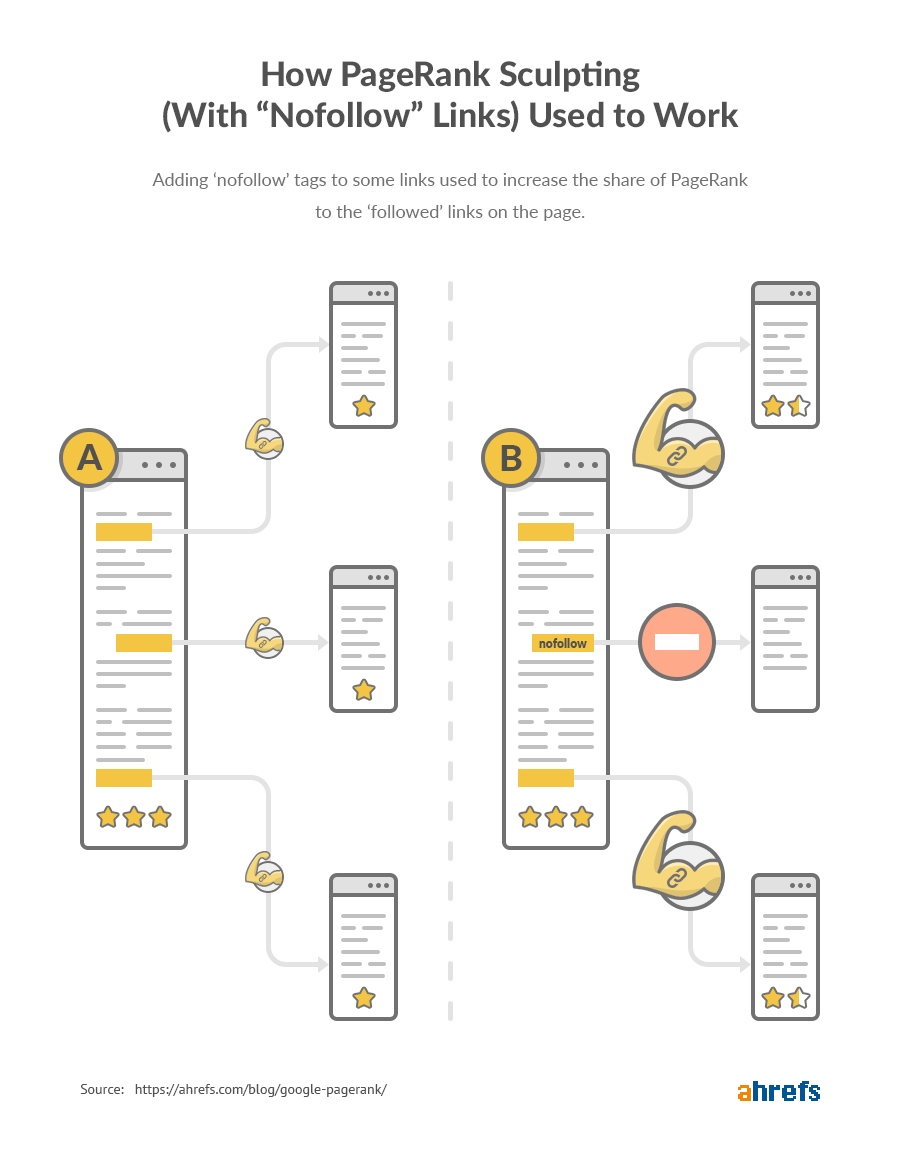Following the no-follow rule – StartupSmart
Links, as I’ve explained previously, are vital for your business’ SEO. This week, I’ll be examining another key component of links: the rel=”nofollow” tag.
This tag was originally introduced in 2005 by Google to help webmasters combat spammers.
So how does it work? Basically, you add this tag to the end of the link structure as follows {a href=”http://www.startupsmart.com.au” rel=”nofollow”}.
What this does is it tells Google that the link above shouldn’t be given any credit/’linkjuice’ even though it’s on your website.
In the past, webmasters would use this tag to do what is called page-rank sculpting, where they will attempt to no-follow links to pages that they do not want to rank in an attempt to improve the linkjuice given to the other pages.
However, Google has since confirmed that any link on a page will still be attributed linkjuice but links with nofollow will have theirs dissipated, making this practice somewhat obsolete.
So where does this leave us? Firstly, you want to make sure that links you build to your site don’t have the rel=”nofollow” tag attached to them.
Better still, try to contact the webmaster with the actual code (including anchor text) of the link you are asking for.
Finally, any pages on your website which you do not want to rank for a particular reason should be ‘no followed’, ie. privacy information, terms and conditions, etc.
Do take note, however, that no-following a link does not guarantee its exclusion from the Google index, especially if another website links to it.

